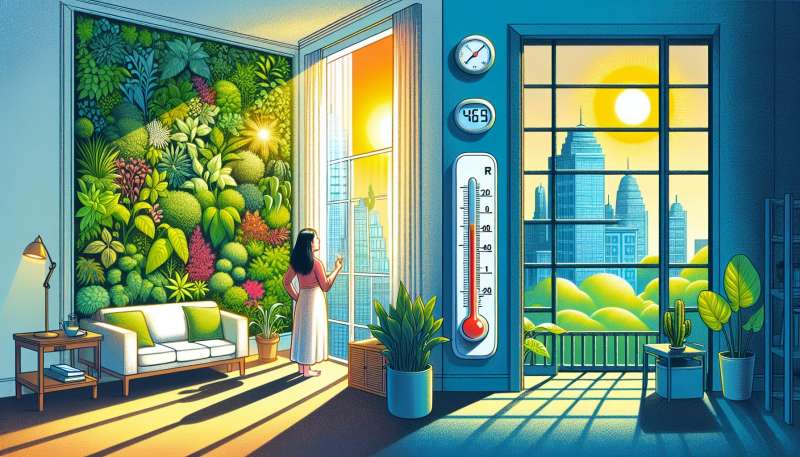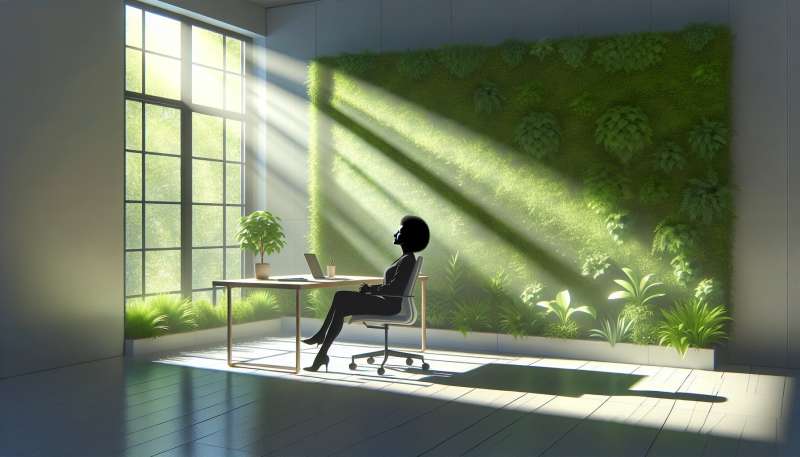
Defining Green Walls
Green walls, also known as living walls, consist of panels of plants grown vertically using hydroponics on structures that can be either free-standing or attached to walls.
Benefits to Urban Areas
Beyond aesthetics, green walls improve air quality by absorbing pollutants, provide insulation, reduce noise pollution, and enhance biodiversity by creating habitats for various species.
Thermal Performance
Living walls act as thermal insulators, reducing the need for HVAC systems. A study showed a 23% reduction in air conditioning requirements with the presence of a green wall.
Acoustic Insulation
Green walls have been proven to reduce noise levels by reflecting, refracting, and absorbing acoustic energy, thus contributing to a quieter and more comfortable urban environment.
Psychological Benefits
Studies indicate that green walls can reduce stress, improve mood, and even increase productivity when installed in workplace settings, contributing to overall mental well-being.
Water Management
Green facades can contribute to water management by harvesting rainwater for irrigation, reducing runoff, and mitigating the impact of heavy rainfall in urban areas.
Innovative Systems
Recent innovations include sensor-equipped green walls that monitor environmental conditions and self-regulate irrigation and nutrient levels, optimizing plant growth and wall longevity.
What are green walls also known as?
Vertical hydroponic structures
Modular plant panels
Freestanding plant systems
Company